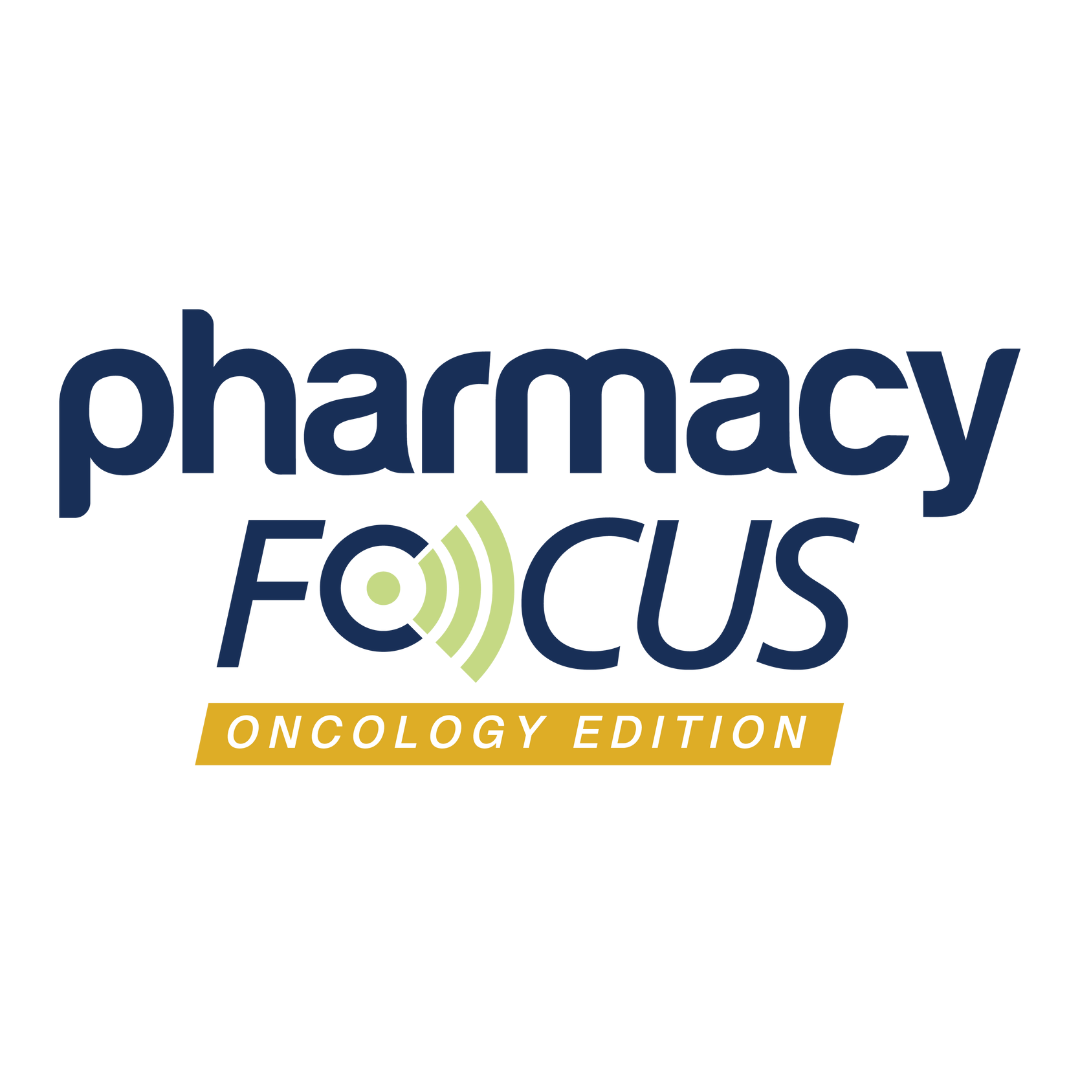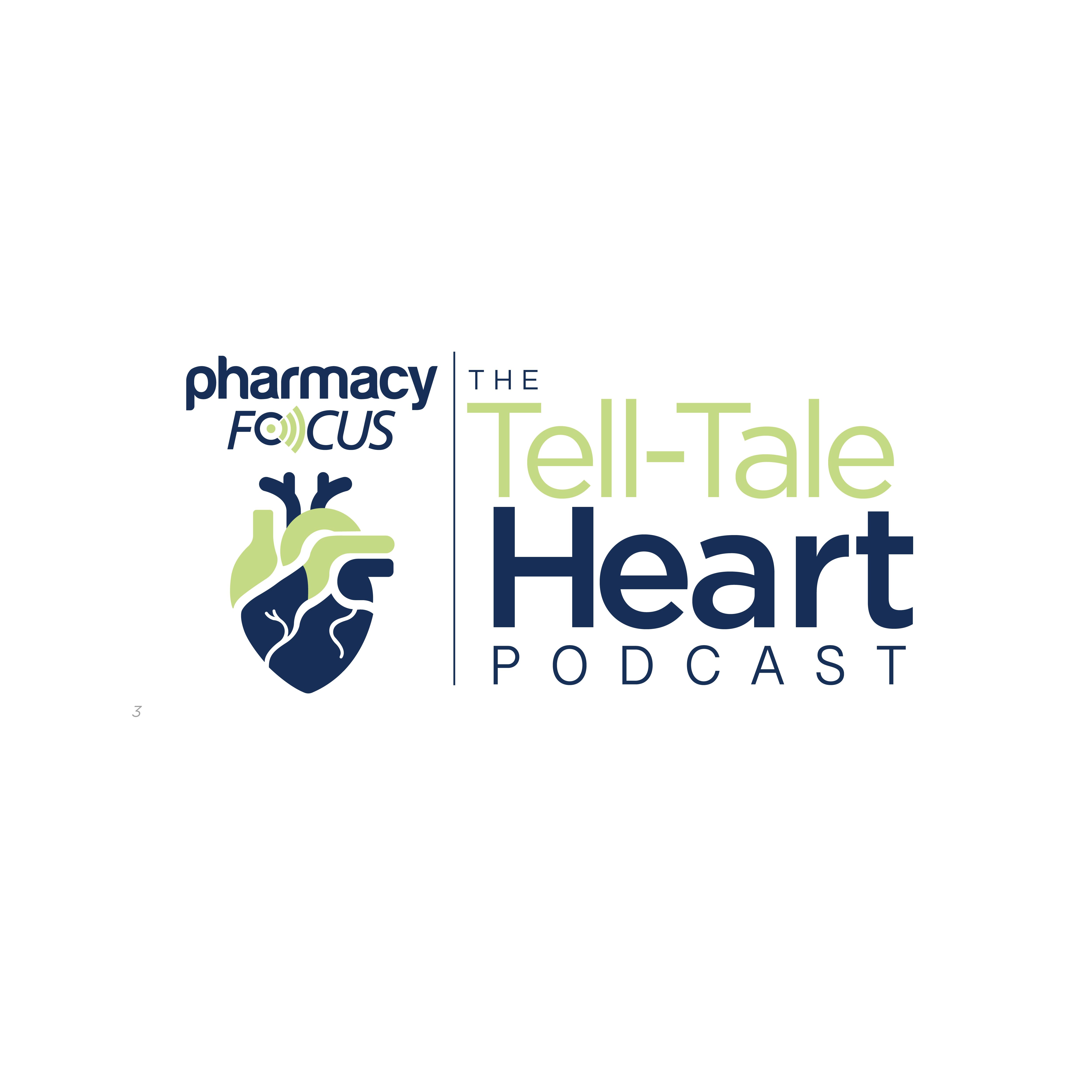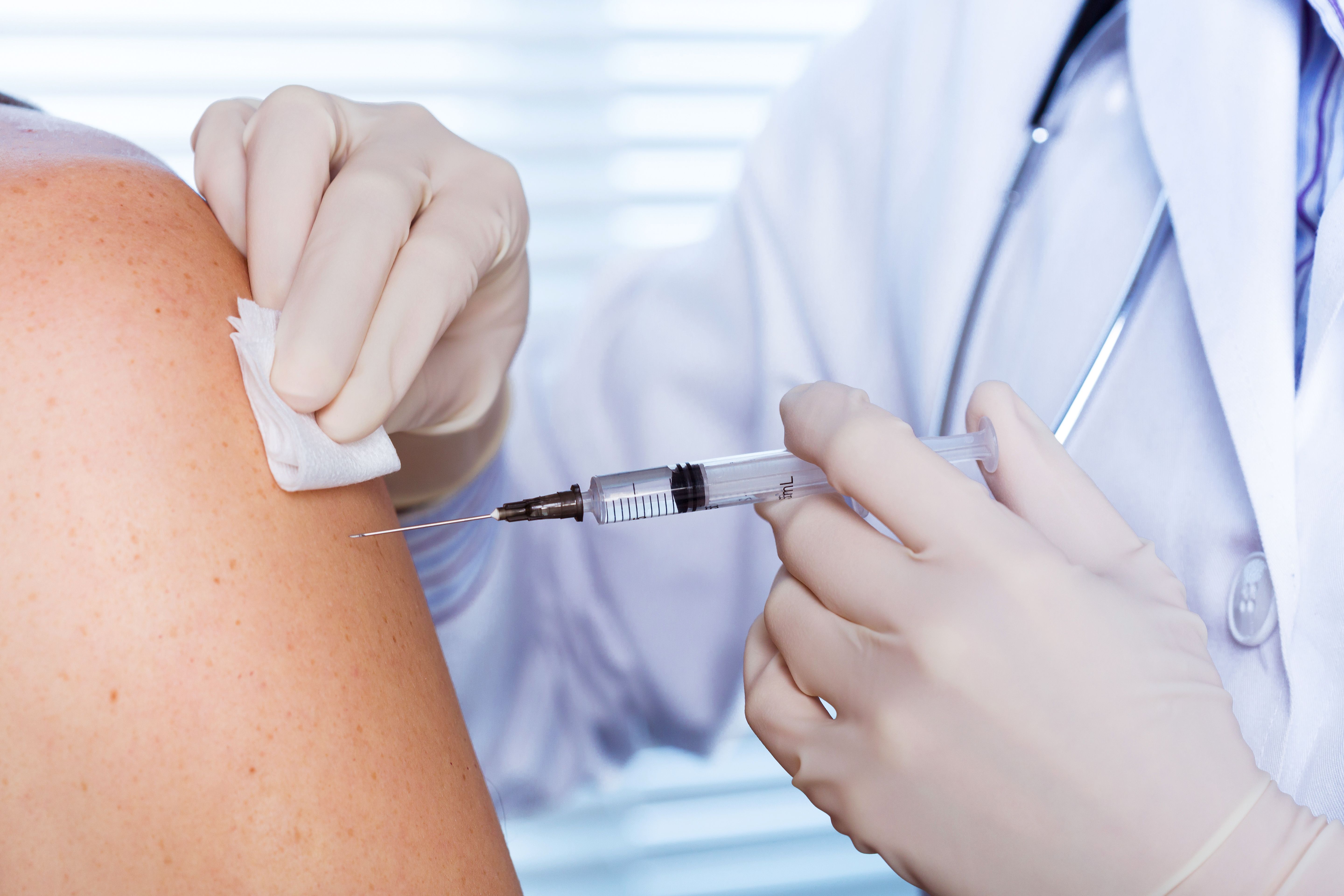News
Article
Influenza Vaccination: Direct and Indirect Impact
Key Takeaways
- Influenza vaccination at 40% effectiveness can avert 32.9% to 41.5% of cases, benefiting both vaccinated and unvaccinated individuals.
- Agent-based modeling emphasizes pharmacists' role in promoting community immunity and highlights the importance of child vaccination.
Influenza vaccination significantly reduces cases and enhances community immunity, highlighting pharmacists' vital role in promoting public health.
A JAMA Network Open agent-based modeling study of 1,218,695 simulated individuals demonstrated that at 40% vaccine effectiveness, influenza vaccination can avert 32.9% to 41.5% of cases during seasonal outbreaks. Although vaccinated individuals experience the greatest direct protection, unvaccinated community members also experience measurable direct and indirect benefits, underscoring the importance of continued influenza vaccination.1
Image Credit: Seventyfour | stock.adobe.com

Using the FRED simulation platform, the study modeled influenza transmission via realistic social networks, including households, schools, and workplaces, across scenarios with approximate Rt values from 1.43 to 1.88 and vaccine effectiveness ranging from 40% to 60%. This granular simulation highlights how vaccination campaigns influence community immunity dynamics and emphasizes the pharmacist’s role as a key community leader.1
Access, Strategy, and Economic Sense
Attack rate (AR) reduction was consistently greater in vaccinated individuals, but indirect protection remained significant (AR ratio [unvaccinated/vaccinated] range 1.43-1.73).1 Corresponding research shows that prioritizing vaccination in children dramatically reduces overall influenza transmission. These findings reinforce that pharmacists, by encouraging vaccine uptake, play a crucial role in reinforcing herd immunity and community health.2
A 2013 PLoS survey in Canada reported that 92% of patients were very satisfied with pharmacist-administered flu shots, and 28% noted they wouldn’t have been vaccinated if not offered at a pharmacy. A systematic review and meta-analysis found pharmacist involvement reliably boosts immunization rates. A US modeling analysis projected that integrating pharmacies into influenza campaigns could prevent millions of flu cases and yield substantial economic savings. Together, these data show pharmacies not only expand access and satisfaction but also deliver real population-level benefits.3-5
The JAMA modeling showed that when transmissibility exceeds an approximate Rt of 2.0, indirect protection is negligible, even with highly efficacious vaccines. Under such conditions pharmacists should supplement vaccination efforts with public health measures such as masking, distancing and antiviral guidance to strengthen community protection.1
Economic analyses demonstrate pharmacy-based vaccination delivers cost-effective outcomes. One US modeling study indicated expanded pharmacy vaccination could avert 16.5 million flu cases and yield up to $70 billion in productivity gains and health care savings. Advocacy groups promoting pharmacy-based immunization cite its high societal and economic value.5,6
Recommendations for Pharmacists
Pharmacists should actively champion influenza vaccine uptake by maximizing the advantages of accessible community pharmacy settings, as higher vaccination coverage directly reduces overall flu burden and enhances herd immunity. They play a key role in patient education, explaining not only the importance of personal protection but also the broader community benefit of vaccination, thereby increasing acceptance and uptake. Pharmacists must tailor outreach strategies to seasonal variations in vaccine effectiveness, reinforcing that even moderate efficacy delivers significant public health benefits.1,4
Conclusion
The JAMA agent-based analysis confirms influenza vaccination provides both direct and indirect benefits, especially during moderate transmission seasons.1 Pharmacies are pivotal in maximizing these advantages through convenient access, clear education, and supportive policy frameworks. By driving vaccination awareness year-round, encouraging layered protection during high-transmission episodes, and maintaining consistent outreach, pharmacists are positioned to substantially reduce flu-related illness, deaths, and costs.
REFERENCES
Krauland MG, Mandell A, Roberts MS. Estimated Burden of Influenza and Direct and Indirect Benefits of Influenza Vaccination. JAMA Netw Open. 2025;8(7):e2521324. doi:10.1001/jamanetworkopen.2025.21324
Williams KV, Krauland MG, Nowalk MP, et al. Increasing child vaccination coverage can reduce influenza cases across age groups: an agent-based modeling study. J Infect. 2025. doi:10.1016/j.jinf.2025.03.012
Papastergiou J, Folkins C, Li W, Zervas J. Community pharmacist-administered influenza immunization improves patient access to vaccination. Can Pharm J (Ott). 2014;147(6):359-365. doi:10.1177/1715163514552557
Murray E, Bieniek K, Del Aguila M, et al. Impact of pharmacy intervention on influenza vaccination acceptance: a systematic literature review and meta-analysis. Int J Clin Pharm. 2021;43(5):1163-1172. doi:10.1007/s11096-021-01250-1
Bartsch SM, Taitel MS, DePasse JV, et al. Epidemiologic and economic impact of pharmacies as vaccination locations during an influenza epidemic. Vaccine. 2018;36(46):7054-7063. doi:10.1016/j.vaccine.2018.09.040
FIP. Funding models, economic and societal impact of pharmacy‑based vaccination: Executive summary. International Pharmaceutical Federation; 2024. chrome-extension://efaidnbmnnnibpcajpcglclefindmkaj/https://www.fip.org/file/6221
Newsletter
Stay informed on drug updates, treatment guidelines, and pharmacy practice trends—subscribe to Pharmacy Times for weekly clinical insights.






